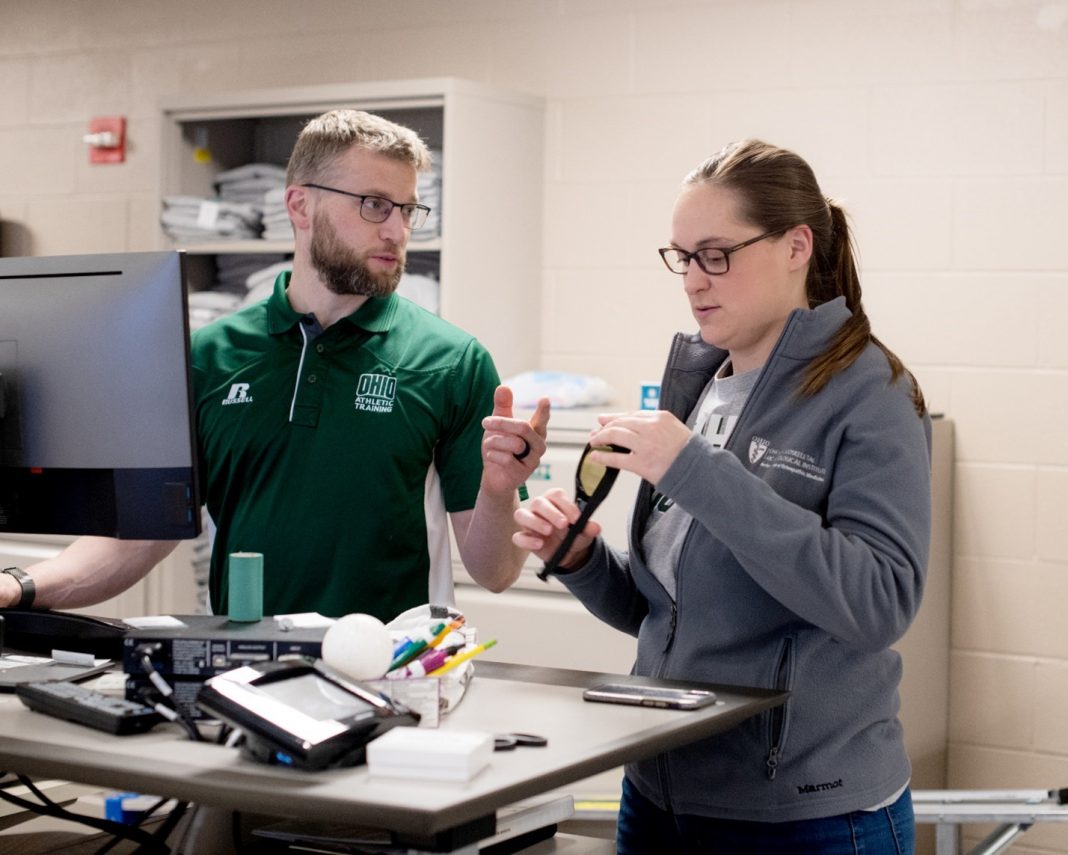Dustin Grooms, Professor of Clinical Neuroscience at Ohio University, tells us about his research on the brain’s role in shaping injury-risk movement patterns and how this knowledge could aid rehabilitation practices and the development of new therapies to mitigate the risk of knee injuries
In sports, where split-second decisions and fast movements are crucial, knee injuries like torn ACLs pose a challenge. Experts focus on biomechanics and lower body strength, but a new frontier explores the brain’s impact on prevention and recovery.
With nearly 200,000 annual ACL injuries in the US, especially among young athletes, research delves into the connection between neural adaptation and physical performance. Recent studies from our lab highlight the brain’s role in shaping injury-risk movement patterns and provide a roadmap for reducing injury risk by understanding how the brain processes sensory inputs.
When the brain’s predictions don’t match
Subtle errors arise when the brain’s predictions don’t match incoming sensory information, potentially causing injury. Competitive sports and divided attention intensify this risk. Our Ohio University lab studies injury-associated neuroplasticity using functional MRI scans and virtual reality. Athletes with high injury-risk mechanics show heightened brain activity in regions merging visual data and body positioning.
Sensory reweighting and brain compensations
A similar brain activation pattern is found in those with a history of ACL injury, suggesting maladaptive neural compensation. This neural compensation, termed “sensory reweighting,” downplays damaged proprioceptive information, relying on visual-spatial or cognitive resources. Augmenting rehabilitation with cognitive tasks during physical exercises could enhance neural processing skills and adaptability.
Neuroplastic augmented rehabilitation
Promising initial clinical trials use technologies like stroboscopic glasses and virtual reality to improve proprioceptive processing and reverse sensory reweighting. Other therapies manipulate focus away from the joint and towards the environment or limit cognitive compensation through dual-task exercises.
Studying brain changes in orthopedic injuries has led to breakthroughs in rehabilitation practices, elevating motor coordination, reducing re-injury risks, and enhancing athletes’ well-being. The next generation of therapy holds promise for improving the quality of life after musculoskeletal injuries.

This work is licensed under Creative Commons Attribution-NonCommercial-NoDerivatives 4.0 International.


